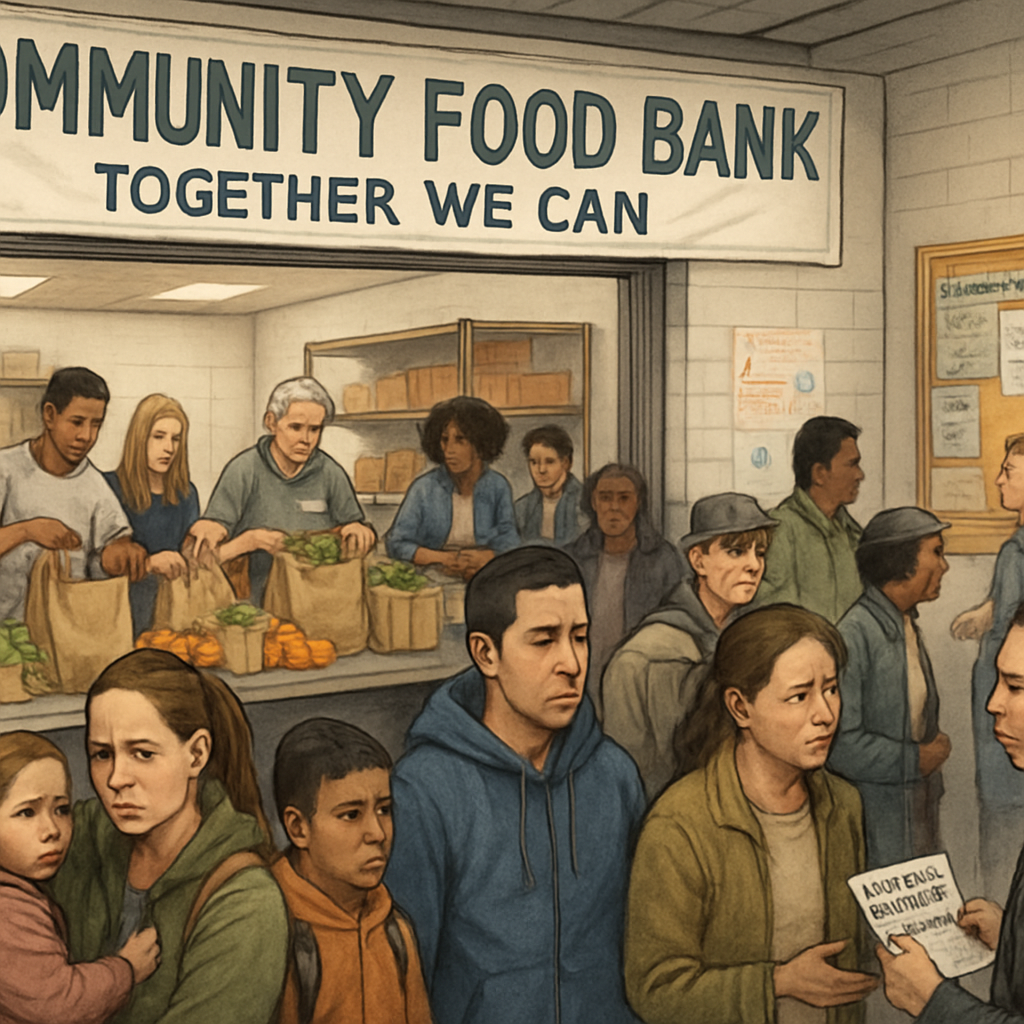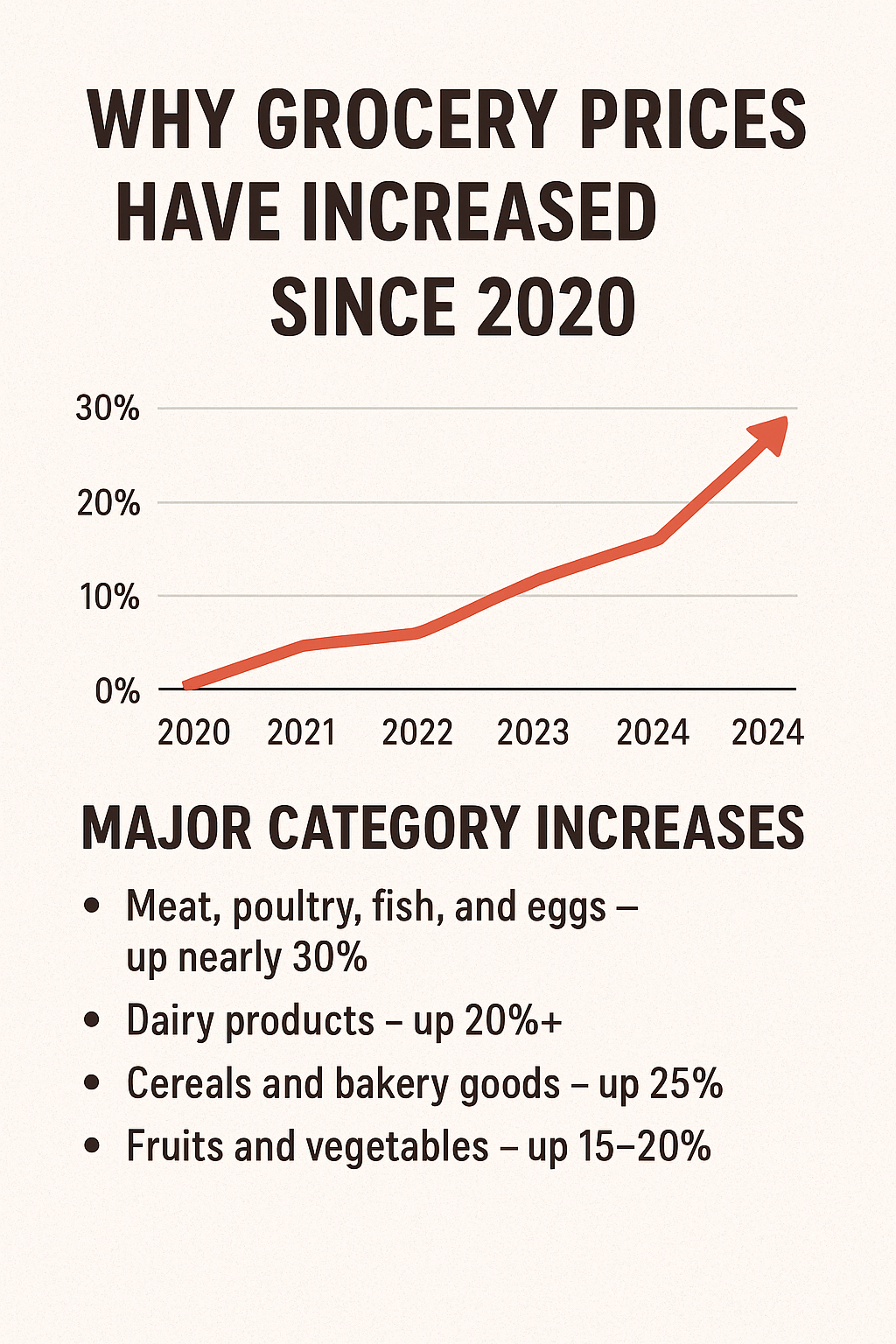
When the Safety Net Wobbles: What’s Happening with SNAP
The SNAP program serves as a crucial lifeline for low-income households across the United States, helping them access groceries and maintain better nutrition. According to recent reporting, approximately 42 million Americans (about one in eight) rely on SNAP benefits. However, right now, SNAP benefits are under threat, and for many recipients, payments are being halted or reduced. Due to the ongoing federal government shutdown, the United States Department of Agriculture (USDA) announced that without renewed appropriations, full payments for November would not be disbursed.
The SNAP program serves as a crucial lifeline for low-income households across the United States, helping them access groceries and maintain better nutrition. According to recent reporting, approximately 42 million Americans (about one in eight) rely on SNAP benefits.
However, right now, SNAP benefits are under threat, and for many recipients, payments are being halted or reduced. Due to the ongoing federal government shutdown, the United States Department of Agriculture (USDA) announced that without renewed appropriations, full payments for November would not be disbursed.
For example, an analysis found that nearly 5 million SNAP recipients may receive no benefits at all in November under the current plan. Meanwhile, food banks and pantries are already seeing a surge in demand as the halt takes effect.
Federal courts have intervened: two judges ruled the administration must use contingency funds to continue some level of payments. But the amount, timing, and certainty of benefits remain unstable.
In short: when SNAP support shrinks or becomes unpredictable, many households face impossible trade-offs—between groceries and medicine, utilities and healthy food, basic staples and nutrition.
Why This Matters for Communities
Here’s how the halt affects real families and food systems:
-
Increased food insecurity: With less reliable assistance, more families will skip meals, rely on cheaper and less nutrient-dense food, or turn to emergency food channels already stretched thin.
-
Health consequences: Poor nutrition and food insecurity correlate with higher rates of chronic illness, greater health care costs, and diminished well-being.
-
Local economy & food system strain: As households have less to spend on food, local grocers see decreased sales; at the same time, food banks face large spikes in demand.
-
Psychological stress: Uncertainty around benefit amounts or timing creates stress for families balancing jobs, caregiving, disability, or single-parent households.
In other words, the halt in SNAP benefits doesn’t just affect those recipients, it reverberates throughout the entire community food ecosystem.
How Bitezar Is Part of the Solution
At Bitezar, we believe in building a resilient local food system that supports both households and small grocers. Here’s how we are positioned to help during this challenging moment:
-
Discounted groceries: By partnering with local grocery stores and helping them sell surplus items at a discount, we give shoppers access to quality food at lower cost, just when traditional assistance may be less predictable.
-
Local store partnerships: When grocers join Bitezar, they gain a new channel to move surplus product, reduce waste, and pass savings to the community. Everyone wins: the store, the shopper, and the planet.
-
Supplement, not replace, assistance: We’re not a substitute for SNAP, but in times when the safety net is weakened, having additional access points for affordable food matters even more.
-
Community-focused model: Since Bitezar operates locally (in Austin and soon-to-be partnering with stores in the region), we can respond to unique community needs, culturally relevant foods, ethnic grocery options, outreach to underserved neighborhoods.
-
Predictable access in unpredictable times: When large federal systems wobble (as with SNAP benefits now), Bitezar offers households an extra safety-net to stretch their budgets without compromising nutrition.
What You Can Do
If you are a shopper, grocer, or community supporter, here are some steps you can take:
-
Shop smart: Use Bitezar to find discounted surplus groceries, build meals around savings, especially when assistance programs may be delayed or reduced.
-
If you’re a grocer: If you run a local store and have excess inventory, surplus items, or want a channel to reach budget-conscious shoppers, consider joining Bitezar.
-
Spread the word: Let your friends, neighbors, and networks know about discounted surplus food options in your area, and about the halt in SNAP benefits so no one is caught unaware.
-
Advocate: Support policymakers who prioritize food assistance and local initiatives that strengthen food access. While our marketplace helps, strong public programs are still vital.
Looking Ahead
The current challenge facing SNAP benefits, especially the abrupt halt or reduction due to the shutdown, underscores how fragile the food-security landscape is. But it also opens a window of opportunity for creative, community-based solutions. At Bitezar, we’re committed to being part of that solution, making sure nutritious groceries remain accessible, and that our local grocers and communities stay supported.
In the coming months, as the benefit situation evolves and households feel increased pressure on food budgets, we’ll be here, working alongside our grocer partners and our community shoppers to keep food accessible, affordable, and sustainable.
Thank you for reading, and if you’re ready to explore savings on groceries or want to partner your store, join us at Bitezar. Every discounted item, every unused surplus turned into a meal, every grocer connection: they all matter.



